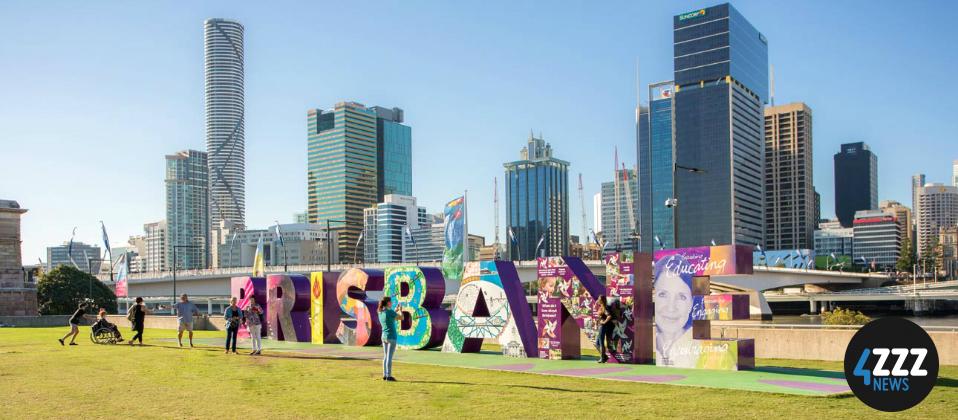
Shona Hawkes
In 2008-2009 Brisbane City Council (BCC) established the City of Brisbane Investment Corporation (CBIC) — which describes itself as BCC’s ‘Future Fund’. CBIC is 100% owned by BCC, but managed independently.
As of 2017, CBIC had net assets of $273 million dollars (from $137 million in 2009). Each year CBIC pays part of its profits to BCC ($23 million in 2017). Part of CBIC’s assets are cash reserves, and part are commercial and retail property sector investments. This includes CBIC buying what’s called ‘surplus’ council property — land that BCC is no longer using. CBIC has built several large office and retail developments.
The implications here is that Brisbane City Council is not just responsible for regulating developers, it’s also a developer itself. The next question: can BCC effectively regulate development if it’s also a developer?
In November 2017 I tried to track down copies of CBIC’s annual reports. I looked online and visited the Brisbane Square Library, which houses official BCC documents. I even called CBIC a couple of times. They told me they couldn’t provide the report for legal reasons; however, they weren’t able to explain what those reasons were. Similar entities — the Queensland Investment Corporation, the Australian Government Future Fund and the Redland Investment Corporation — all have publically available reports with substantial information about what they do. CBIC doesn’t even have a website or email address.
I started digging around and managed to get my hands on three CBIC annual reports from 2015, 2016 and 2017. As I looked through the reports one deal in particular caught my eye — 25 Green Square, Fortitude Valley.
In June 2015 BCC sold 25 Green Square to CBIC for just $8 million. It was sold directly to CBIC without any public tender or auction. (BCC minutes, 26 May 2016.) However only one month before the sale, in May 2015, CBIC valued the property at $10.5 million. Yet BCC sold the property for $8 million without any public or transparent process. How could two arms of council differ so radically in their assessments of the property’s worth? 25 Green Square also doesn’t fit the description of ‘surplus’ property. When BCC sold 25 Green Square, it was still using it. It wasn’t even clear if BCC was ever planning to vacate. Three years later, BCC still leases the building. (CBIC 2017 Annual Report notes that BCC has an ongoing lease until December 2018.)
In other cases, CBIC has signed up BCC as a major tenant to long-term leases to its offices or other property. This has helped CBIC achieve almost 100% occupancy and raised property values. Some properties have even been on-sold. Why is BCC/BCIC selling properties BCC is currently using, and in doing so, paying rent to external companies?
The 2017 Annual Report also states that CBIC will provide ‘third-party developer loans’. At a time of heated debate about gentrification, inequality and the right to the city — BCC could be financing the same developers it’s meant to regulate, with very little public scrutiny.
Note: I reached out to BCC for comment. They didn’t respond, but have now uploaded the 2017 CBIC Annual Report.
If you know more about CBIC, or other Brisbane developers, we’d love to hear from you. You can find 4ZZZ News on Twitter and Facebook, or email us at news-coordinators@4zzz.org.au.